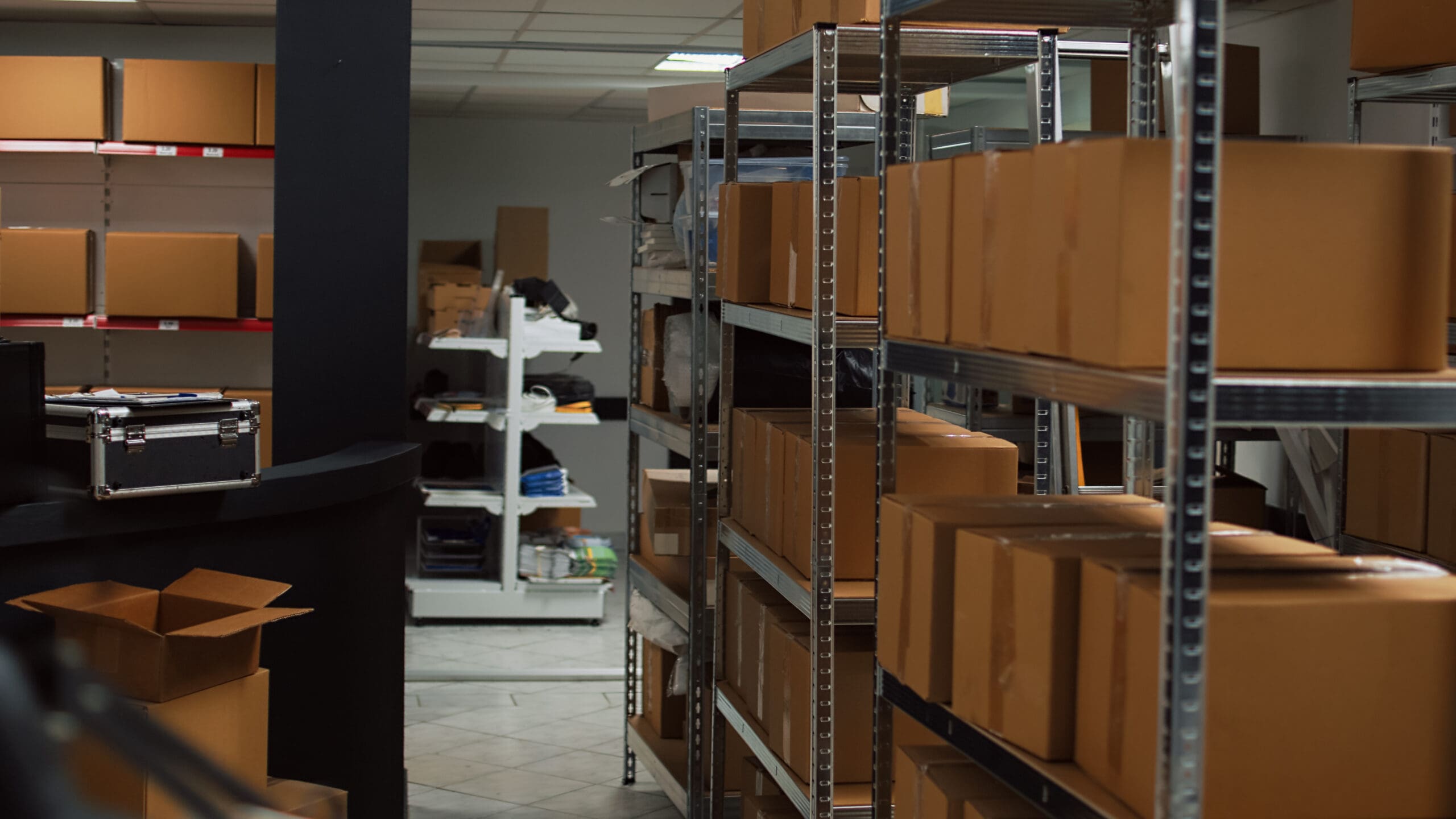Thinking about starting a clothing brand? Or are you looking for new growth strategies? After all, just how difficult could it be? Whether you’re a seasoned veteran or a complete newbie in the fashion industry, operating a competitive brand is an all-consuming process. As with any other business, starting your very own clothing line presents a plethora of challenges that could make or break your business. The key, of course, is preparation.
From the get-go, it’s important to recognize that starting and growing your business can be an exciting yet extremely challenging opportunity. Thankfully, there are some steps that you can take to ensure that you are well-prepared to tackle all the challenges that would come your way.
Have a Strong Business Plan
Are you currently googling “how to make a business plan for your clothing brand” without actually looking into your business first to determine what you need? Unfortunately, this is a common mistake that all business owners make. Before developing a business plan, ask yourself the following questions first:
- What are you planning to achieve?
- What is your clothing brand’s purpose?
- How are you going to achieve your business goals?
- Do you have the means or the financial backing to support your plans for growth?
Whether you’re just starting out or exploring new ways to grow your clothing brand, your clothing brand business plan is an important tool to help guide you when making critical business decisions. Bear in mind that the fashion industry can be quite erratic – make sure that your business plan is conclusive enough to keep you on track of achieving your goals but also flexible enough to be able to adapt to an ever-changing industry.
A business plan would be able to help your business if you’re trying to secure additional funding. In fact, one of the most common requirements when applying for clothing store loans is a business plan that explicitly lays out your growth plans as well as the amount of financing you need to achieve them. Presenting your business plan gives your potential lender an overview of your plans and enables them to find the right loan product that would best meet your current financial needs.
Create a Brand Identity
Developing your own brand identity is of utmost importance now that more and more consumers are paying attention to brands and how they conduct their business. Not to be confused with branding, brand identity is – simply put – what makes a company stand out. Brand identity is the individual elements that form part of your overall brand. These include your brand’s name, your logo, and the colors and shapes associated with your brand’s image.
What makes brand identity so vital is that it helps set you apart from the competition. It is a culmination of several visible elements that you want your brand to be associated with. What’s your brand’s personality like? How about the tone of your messaging? What are your values? Ultimately, your company’s brand identity must be able to answer these questions in order to build a reputation that resonates with your potential customers.
Choose a Niche
Now that you have a business plan and a clear strategy to develop your brand identity – what’s next? Another common mistake that many small businesses make is selling a wide array of products to try and appeal to a broader audience. Not only is this unsustainable, but it may also present issues to your brand identity as you would have a more difficult time standing out in a congested industry. Choosing a niche market allows your clothing brand to avoid excessive competition by claiming a small slice of a large pie.
However, it’s important to note that having a well-defined niche is not enough to guarantee success for your business. As the business owner, you should equip yourself with the necessary knowledge to understand the niche that you would be operating in. Once you become an expert in your field, it’s easier to acquire more customers that are interested in your niche product. One great thing about choosing a niche is that after building and improving your reputation, you can gradually introduce new products that are consistent with your company’s brand identity.
Manufacturing Your Products: Get the Best Price from Suppliers
Suppliers play a vital role in the success of your business. From sourcing raw materials to helping you develop a great product, expect to work closely with your suppliers to ensure the quality of your clothing line. Keep in mind that getting the best deal from your suppliers does not necessarily mean negotiating the lowest possible price. Rather, other factors such as payment terms, product quality, and logistics should also be taken into consideration. After finding the right supplier, the next thing you have to do is to nurture your relationship with them. Properly managing supplier relationships fosters better communication, loyalty, and customer service.
Develop a Robust Financial Plan
Financial planning, as the name implies, is the process of allocating the necessary funds to determine how a business will achieve its short-term and long-term business goals. As mentioned above, the clothing industry can be unpredictable. It only makes sense to develop a financial plan that enables you to monitor your progress and adjust your expenses to stay on top of your spending especially during low revenue periods.
A well-thought-out financial plan takes into account cash flow fluctuations during slow seasons and suggests spending adjustments to better manage incoming cash flow. In the long run, a robust financial plan will help your business manage your finances better and ensure that your clothing brand stays afloat.
Financing Options for Your Clothing Store
As the old adage goes, nothing ventured, nothing gained. Growing your clothing store, at one point or another, means you would have to take risks. One such risk means borrowing additional funding in order to reinvest back into your clothing brand. Educating yourself about the different financing options available for your clothing store could help you get ahead of the competition and help you stay competitive in an ever-changing industry. Here are some of the financing options you should consider:
- Term Loan – A term loan is when a lender provides a lump sum to a borrower and the borrower agrees to pay that money back in steady increments over a fixed period of time. Term loans typically have fixed interest rates which makes it easier for businesses to calculate monthly payment costs.
- Line of Credit – A business line of credit, or revolving line of credit, is another funding solution that clothing brands can explore. Simply put, a business line of credit is similar to having a credit card. Your lender sets a limit to the credit line and you only pay interest on the amount you have borrowed, not the total amount available.
- Online Lenders – Loans provided by online lenders usually have a faster application process compared to traditional financial institutions like banks and credit unions. The reason why is that online lenders allow borrowers to go through a pre-qualification process that would determine the different interest rates and terms that they would be able to qualify for – significantly shortening the process. Borrowers, based on their creditworthiness, can then pick and choose the loan terms that would best meet their current financial needs.
- SBA Loans – The Small Business Administration (SBA) is a government-affiliated organization that provides businesses with low-cost loan options with reasonable payment terms. For instance, the SBA 7(a) loan enables small businesses to apply for additional funding that can be used for essentially any business purpose. The only downside is that not all businesses would be able to qualify for SBA-backed loans.
- Crowdfunding – Crowdfunding is a method of raising capital by asking a large number of people to donate money during a set period of time. Donors contribute their own money to reach the total amount required for a new business project or venture. If you’re thinking of using crowdfunding to raise the necessary capital for your clothing brand – try Kickfurther.
Kickfurther puts a twist on the crowdfunding phenomenon by asking backers to fund a company’s inventory in exchange for a consigned rate. This innovative platform helps grow your business by receiving financial support from people that want to see you achieve your goals. In doing so, a business would not have to go the traditional route of applying for loans from traditional financial institutions. It’s also important to note that Kickfurther works best with businesses that have low cash flow but is currently experiencing strong demand. If you think Kickfurther fits your current requirements, make sure to visit Kickfurther’s website at www.kickfurther.com.
Why should I consider inventory financing for my clothing brand?
Due to the nature of the clothing and retail industry, you would most likely encounter seasonal cash flow fluctuation. Many businesses use apparel inventory financing as a short-term funding solution to help cover emergency expenses during periods of low demand. An inventory financing solution would help businesses prepare for peak seasons without having to worry about getting additional funding that might hurt their finances in the long run. Another great thing about inventory financing is that it can be paid off within weeks or a few months – depending, of course, on how quickly you sell your inventory.
Final Thoughts
By no means is this a comprehensive list of the things you need to keep in mind to ensure success for your clothing brand. However, it’s a solid start. As your clothing brand becomes more and more stable, you can start looking into expanding your product lines, finding new niches, and beefing up your marketing strategies to appeal to a wider audience.









